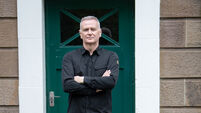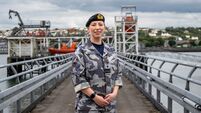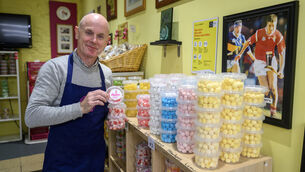'Shame on us': Dr Marie Cassidy reflects on the murder of Manuela Riedo
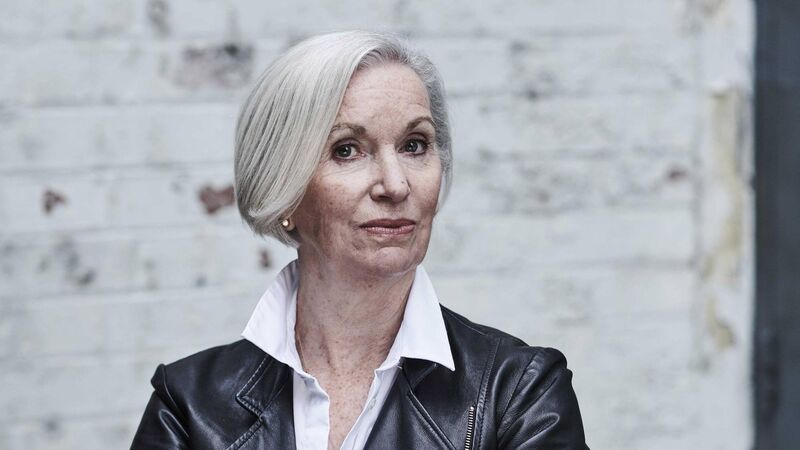
Dr Marie Cassidy
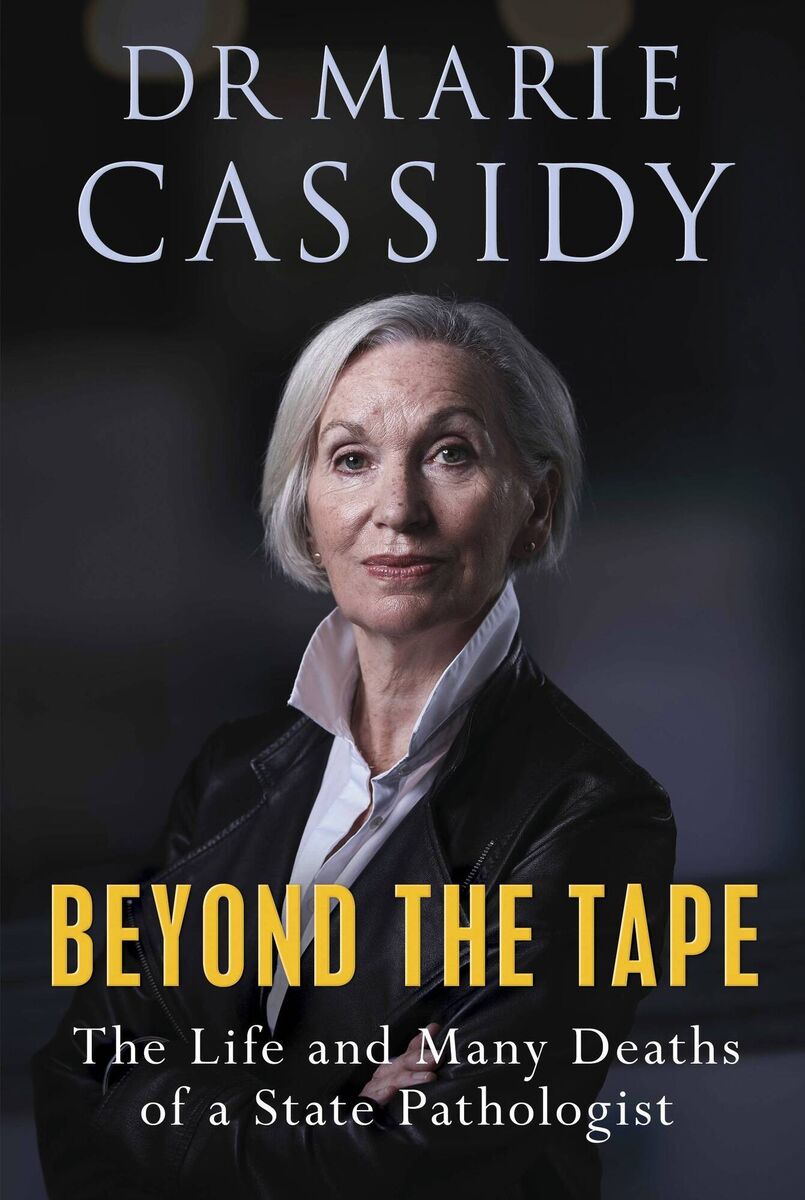
A girl was raped and murdered in Galway in 2007, just three days after she arrived in Ireland. A local man walking home noticed a rucksack and purse on the ground, then something pale in undergrowth. What he did not expect to find was the body of a young woman. It was hidden from public view but she had been pulled off the pathway into the bushes where the assault took place. There was no attempt to ensure she wasn’t found — her killer was unconcerned, such was his arrogance. Perhaps he should have been a little less careless.
As always, the forensic team travelled down from Dublin Garda HQ and I came from Swords. The purse contained an ID card so the gardaí had a potential identity: a Swiss student, Manuela Riedo, seventeen years old. In single file, we walked in her footsteps along the route she must have taken as she followed the shortcut from her host home in Renmore to meet up with fellow students in Galway city centre. Close to where the body lay, the path was taped off and we made a detour through the rough, overgrown vegetation. In a natural hollow lay the body of a young woman, partly covered by a coat held down by large rocks. There was no doubt that she had been beaten, strangled and sexually assaulted. Her clothing was strewn around her. There was a subdued air as we all busied ourselves, automatically switching into professional mode.
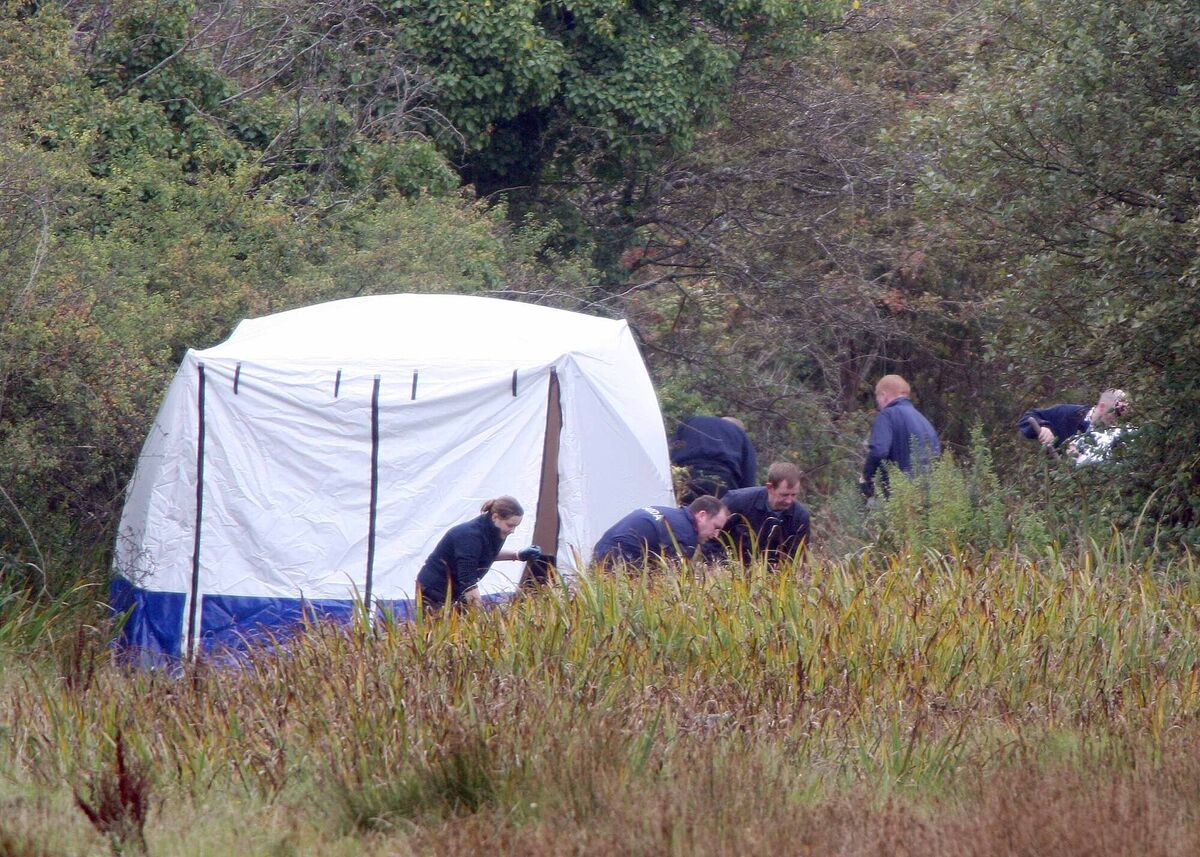
We all have our roles, and we all recognise our limitations. This case was going to hinge on the forensic evidence so a forensic scientist was required at the scene, now. I knew what I was dealing with, a young woman raped and killed — the postmortem would confirm only the finer points — but I was not going to risk losing one vital cell clinging to her body that might identify her killer: I would remain hands-off for the moment.
While we waited, we had a look around. This was obviously a little hidey-hole used by illicit drinkers and drug- takers, as well as a secluded spot for ‘romantic’ liaisons, inferred from the detritus left behind by the visitors. I was not surprised to be shown a condom wrapper and condoms hanging from the branches of a nearby tree and discarded beer cans. Every artefact was photographed in situ, bagged and labelled. The pile of evidence was growing into a sizeable mound. No one knows at this stage of an investigation what will be relevant. By now we had our ‘forensic’ version of the circumstances. The gardaí would make further investigations and collate the evidence to prepare their version. But the killer was out there somewhere, and he would have his version of what had
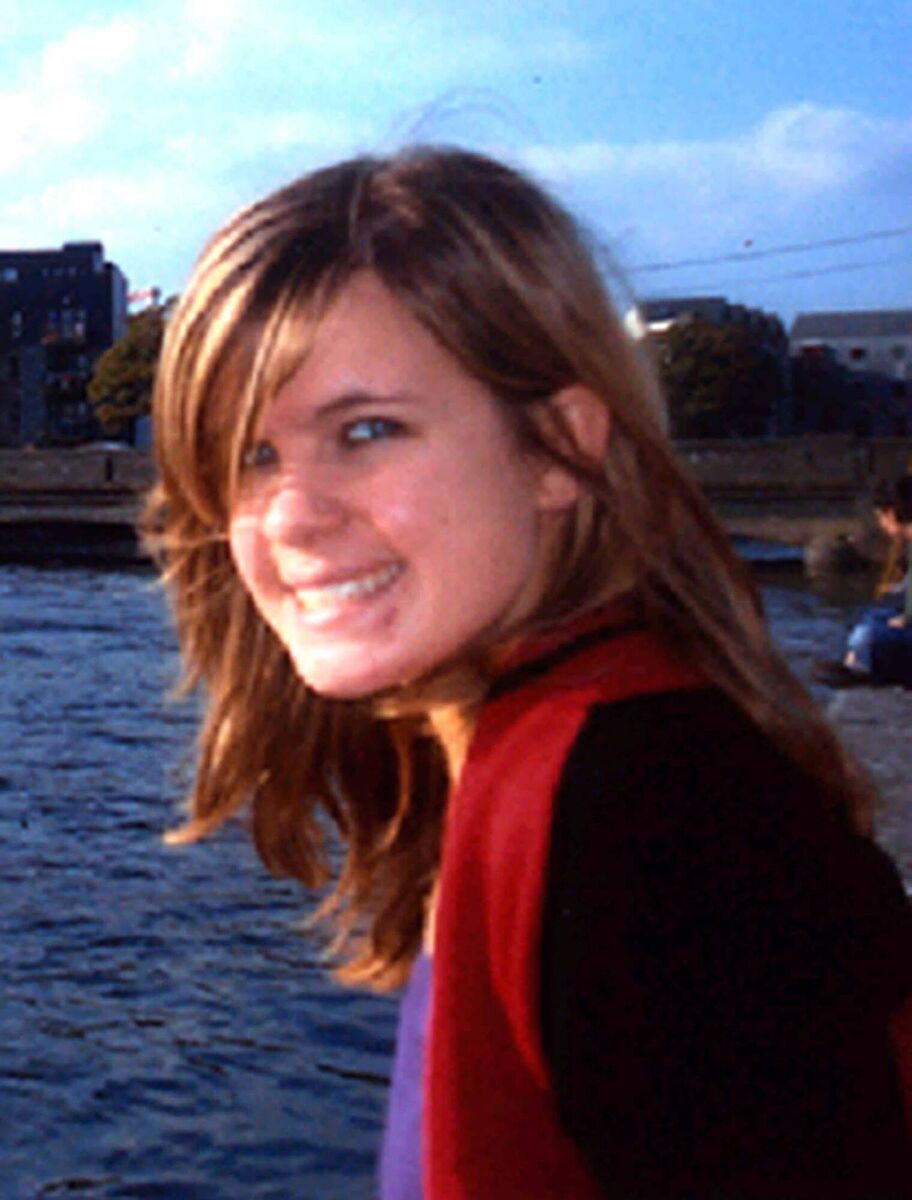
happened. At the centre of this investigation was Manuela, and our hope was to do her justice. We stood around her — as if we could shield her from more harm, forming a closed circle. Each of us was directly linked to her, each forensic expert and investigator abutting the next but never stepping into the space of their neighbour. The circle around her grew with each step of the investigation, from scene to court, as the family, friends, witnesses, the DPP, the judge and the jury joined it, all looking inwards towards Manuela.
At the scene, I made way for the forensic scientist to join the circle and knelt at Manuela’s side to help him if required. The usual trace evidence would be taken — hair, fingernail scrapings, swabs from the mouth, vagina, anus, neck, wrists, ankles and breasts; this evidence is more usually gathered by the pathologist. The forensic scientist more commonly attends the scene when their expertise and advice are needed in more unusual cases.
Mercifully, probable stranger rape-homicides are rare, and all our expertise was warranted from the early stages so nothing was overlooked or missed completely. A technique used by forensic scientists in these cases is known as body mapping. It involves covering the body with small pieces of tape, a centimetre or so square, much like the scales of a fish. Every part of the body is covered, every piece of tape numbered, like a giant jigsaw. The pieces of tape will be processed and DNA profiles obtained. The hope is that the scientist will be able to produce a map of the parts of the body touched by the attacker: neck grabbed, wrists gripped, breasts touched, pulled by the ankles. It is laborious and painstaking and requires complete concentration. A silent crowd watched as he worked.
Eventually, the circle broke and the body was carried back to Renmore, then taken to the mortuary to complete the examination. The only difficulty I had was that I could not give an accurate time of death. The gardaí had a rough idea of when Manuela had left the host family home but nothing else until her body was found the next evening. The only possibility was to bring in another ’ologist.
Professor Patricia Wiltshire is an expert in the field of forensic palynology, ecology and all things botanical. Could she analyse the stomach contents and assess the time lapse from Manuela’s last meal and did the residue in her stomach match what she had eaten with her host family? Yes, and yes. She was also able to state that Manuela had died about two hours after that meal. The gardaí now had a timeline.
We dispersed and Manuela’s body was returned to her mother and father.
The forensic science laboratory was busy processing all the exhibits from the scene. Unexpectedly a condom found at the scene provided vital evidence. Manuela’s DNA profile was on the outside surface, so it had been used in her rape. Of course, the DNA profile from the inner surface would identify the man who had raped and killed her. All that was needed now was a suspect.
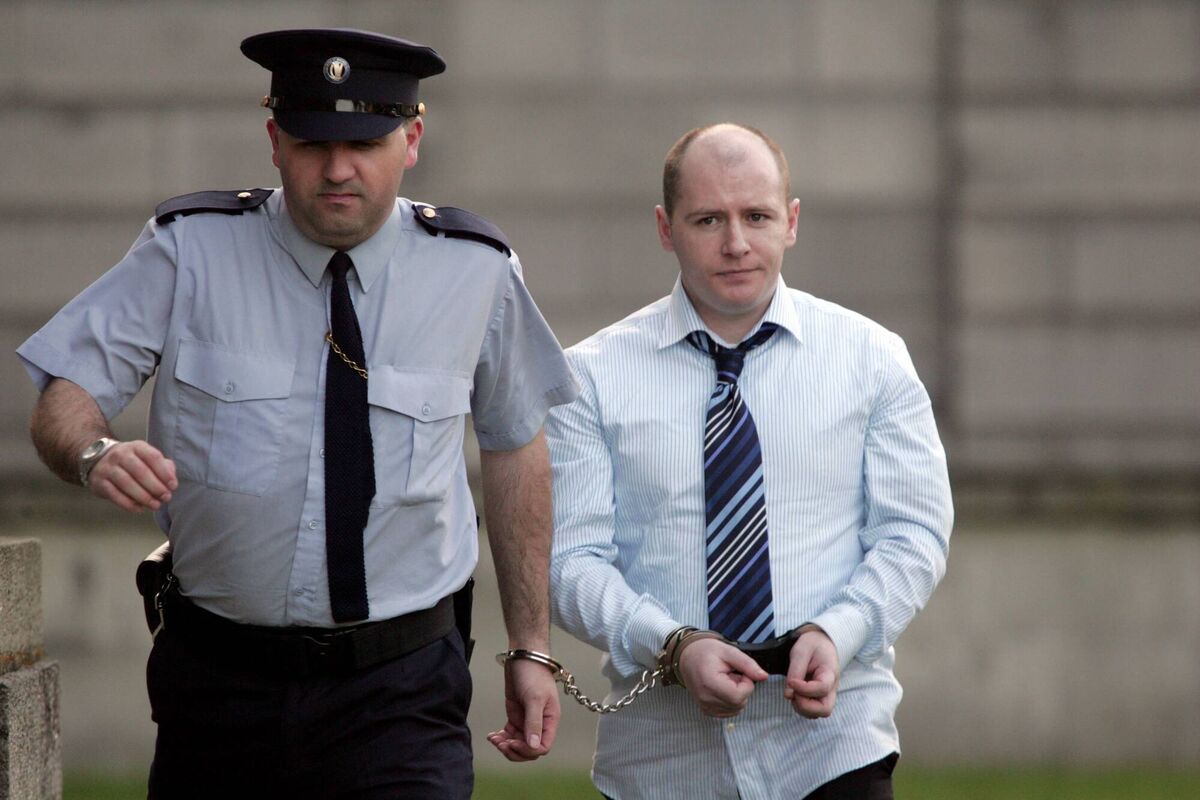
The forensic laboratory was one step ahead: the unknown DNA profile from the condom was a match for a profile generated in a recent rape case. Gerald Barry was the suspect in the rape of a French woman eight weeks earlier. Criminals are sometimes not as clever as they like to think.
As in Pass the Parcel, we sent our individual findings around the circle, but instead of stripping something away, the parcel of evidence got larger and larger. The music stopped when it reached the DPP: would he or she look at what they had and drop it to the floor, game over, or nod, the music start again and the parcel move to judge and jury?
At court, we heard the one version we had not heard before: the defendant’s. We could do no more. The jury had to decide. Gerald Barry was found guilty of the murder of Manuela Riedo.
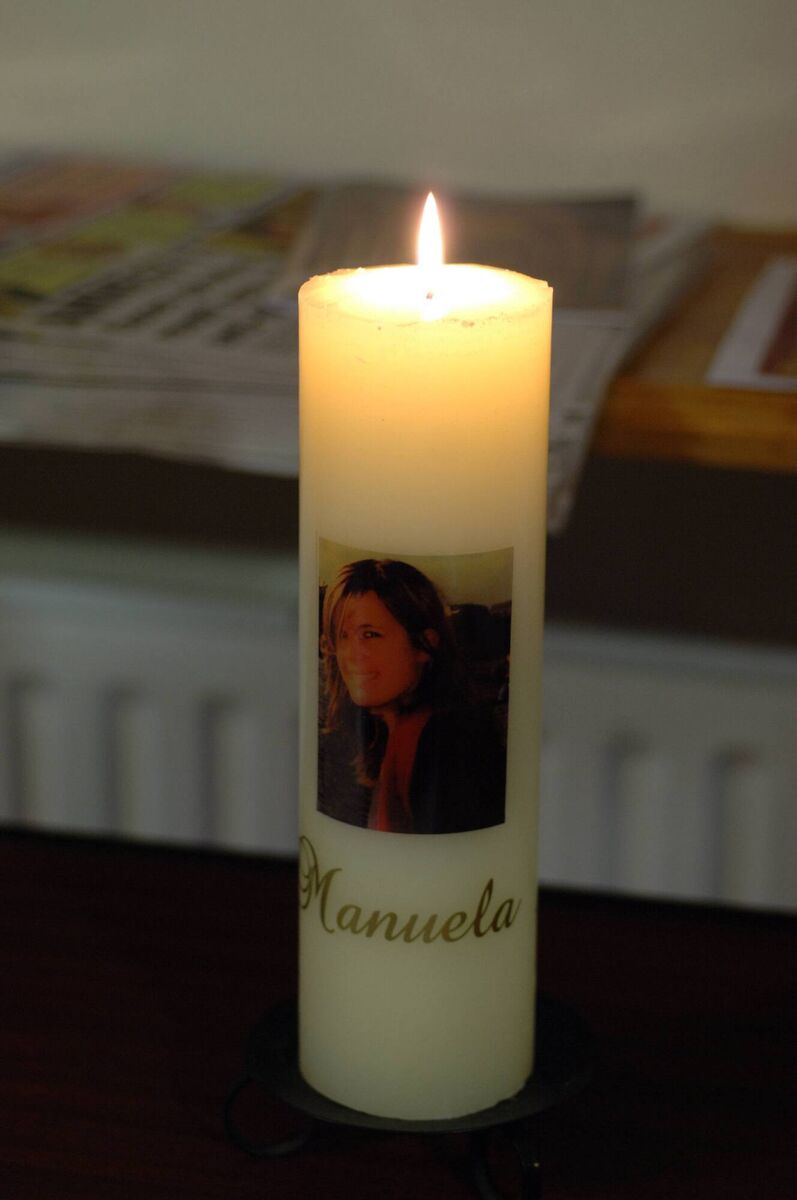
Throughout the trial Manuela’s mother and father were present. They had sent their daughter to Ireland to improve her English and now they were in court listening to the sordid details of the last few minutes of her life.
It was humbling to meet them and express my sympathy for their loss, the loss of their ‘angel’. They presented all of us with a small porcelain figurine of an angel lest we forget Manuela. Mine looks down on me as I sit at my desk, a constant reminder of the fragility of life.
Manuela’s mother and father set up the Manuela Riedo Foundation in Ireland to raise awareness of and prevent sexual crime in the country. It helps to fund charities and agencies who provide support to victims of rape and sexual violence. Shame on us: they lost a Swiss angel and we gained vital services for victims of sexual assault.
Beyond The Tape by Dr Marie Cassidy is published by Hachette Ireland in paperback, €15.99






